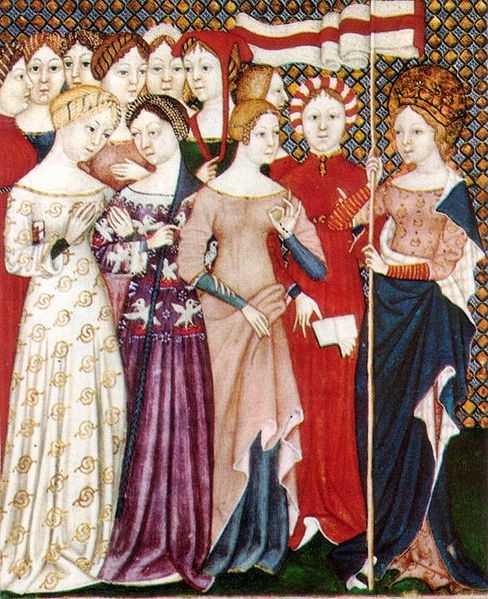The Evolution of Menstruation: From Ancient Myths to Modern Empowerment
Menstruation has been an intrinsic part of human existence for millennia, yet its understanding and societal perception have evolved dramatically over time. This journey, marked by myths, misconceptions, and scientific advancements, reflects broader changes in culture, medicine, and gender roles. Let’s explore the history of menstruation and see how far we’ve come.
Ancient Myths and Beliefs
Early Civilizations: Mysteries and Myths
In many early societies, menstruation was shrouded in mystery and often associated with various myths and superstitions. The Ancient Greeks believed menstruation was a way for the body to purge excess blood, a notion rooted in the humoral theory of medicine, which suggested that human health depended on the balance of bodily fluids, including blood. This belief persisted well into the Middle Ages, influencing how menstruation was viewed and treated.
Conversely, the Romans considered menstrual blood to have magical properties. For instance, Pliny the Elder, a Roman author, documented in his work Natural History that menstrual blood could ward off pests from crops, dull the edge of steel, and even drive dogs mad. These beliefs underscored the awe and fear with which menstruation was regarded, reflecting the broader Roman worldview that blended natural phenomena with superstition.
The Ancient Egyptians also had their interpretations of menstruation. They viewed menstruation as a form of purification and believed that menstrual blood had medicinal properties. For example, some ancient texts suggest that menstrual blood was used in potions or healing rituals, highlighting the complex and often contradictory attitudes towards menstruation in early cultures.
In Mesoamerican cultures, such as the Maya and the Aztecs, menstruation was also intertwined with religious and cultural beliefs. The Aztecs believed that menstruation was a sign of the moon goddess’s influence, and women who menstruated were considered to be temporarily under the goddess’s protection. However, this also meant that menstruating women were often restricted from participating in certain religious ceremonies or daily activities, reinforcing the idea that menstruation was both powerful and potentially dangerous.
Menstrual Taboos Across Cultures
Menstrual taboos were widespread in ancient cultures, often leading to the stigmatization of menstruating women. In Hindu tradition, women were often excluded from participating in daily activities and rituals during their periods, a practice rooted in the belief that menstruation made a woman ritually impure. This idea has persisted in some communities, where menstruating women are still prohibited from entering temples or performing religious duties.
Similarly, in some African and Indigenous cultures, menstrual huts were used to separate menstruating women from the rest of the community. These huts, sometimes referred to as “menstrual seclusion huts,” were often located on the outskirts of villages, symbolizing the perceived need to isolate menstruating women due to their “impurity.” While these practices varied widely in their specifics, they all contributed to reinforcing gender inequalities and perpetuating the notion of menstruation as something shameful or dangerous.
In Jewish tradition, the concept of niddah refers to the period of ritual impurity associated with menstruation. During this time, traditional observance requires that a woman abstains from sexual relations and avoids certain religious practices until she undergoes a ritual bath, known as a mikvah, at the end of her menstrual period. While modern interpretations and practices vary, the concept of niddah has historically reinforced the idea of menstruation as a state of impurity that requires ritual cleansing.
In Indigenous Australian cultures, menstruation was sometimes seen as a time of heightened spiritual power. However, this also meant that menstruating women were often separated from the rest of the community and restricted from certain activities. The complexity of these attitudes reflects a broader pattern of menstruation being both revered and feared across different cultures.








